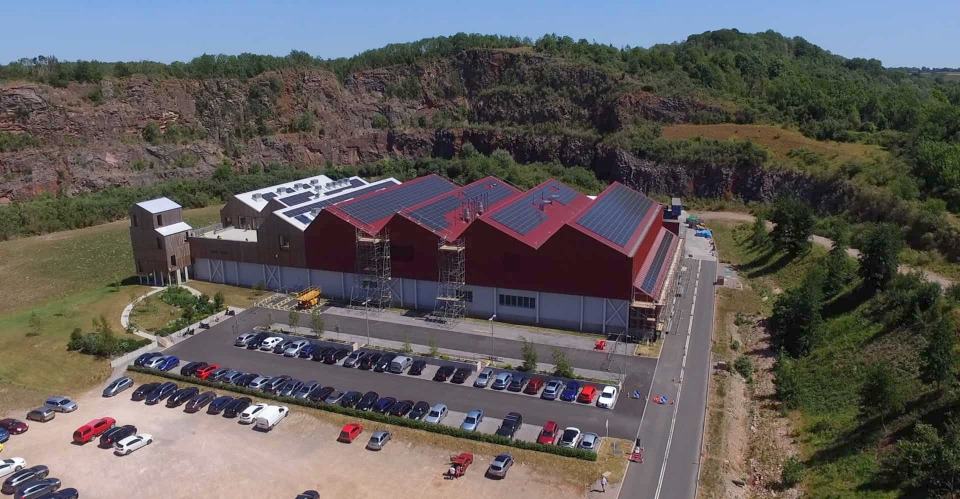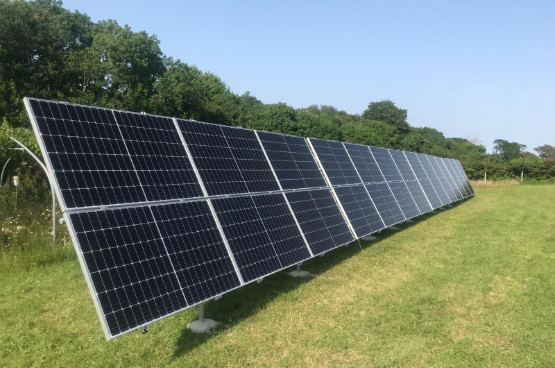Tokyo, January 8, 2013 -Solar Frontier, in joint research with Japan’s New Energy and Industrial Technology Development Organization (NEDO), has achieved a world record-breaking energy conversion efficiency of 19.7% for cadmium-free, thin-film solar cells measuring approx. 0.5 cm2, as measured by the National Institute of Advanced Industrial Science and Technology (AIST). It has been ten years since the previous record of 18.6% was surpassed.
This world record was achieved using cells cut from a 30cm x 30cm substrate, rather than specifically-developed small area cells, demonstrating high potential for further increases. Moreover, the formation method utilized by Solar Frontier to achieve the result is the same method it uses for mass-production, a process of sputtering followed by selenization. Solar Frontier has chosen this method over co-evaporation due to greater efficiencies in mass production and aims to surpass the current record of 20.3% efficiency set with the co-evaporation method.
“This new achievement in energy conversion efficiency indicates the high level of Solar Frontier’s technology and the high potential of CIS technology,” said Satoru Kuriyagawa, Chief Technology Officer, Solar Frontier. “The CIS thin-film modules currently available from Solar Frontier have gained a reputation for high performance in actual power generation, as they are not easily affected by shadows or high temperatures. Now, even higher real-world performance can be expected by applying this new basic technology. We will continue working to further enhance our technological capabilities with the aim of setting a world record for thin-film solar cells overall.”
Solar Frontier’s CIS modules are manufactured at the company’s Kunitomi Plant, which boasts world-class production capacity and cutting-edge technology. Since the Kunitomi Plant started commercial production in February 2011, it has steadily increased its production efficiency. Currently, the CIS thin-film solar modules produced at Kunitomi have a conversion efficiency that exceeds 13%, and the amount of electricity generated (kWh) per installed capacity (kW) exceeds that of other solar modules. Showa Shell Sekiyu and Solar Frontier intend to contribute even further to the expansion of Japan’s energy industry and local production and consumption using environmentally-friendly CIS thin-film solar modules made in Japan.
Solar Frontier’s Atsugi Research Center has developed Cadmium-free CIS cells that have achieved an energy conversion efficiency of 19.7%.

 Solar PV Contractor of the Year 2024
Solar PV Contractor of the Year 2024
